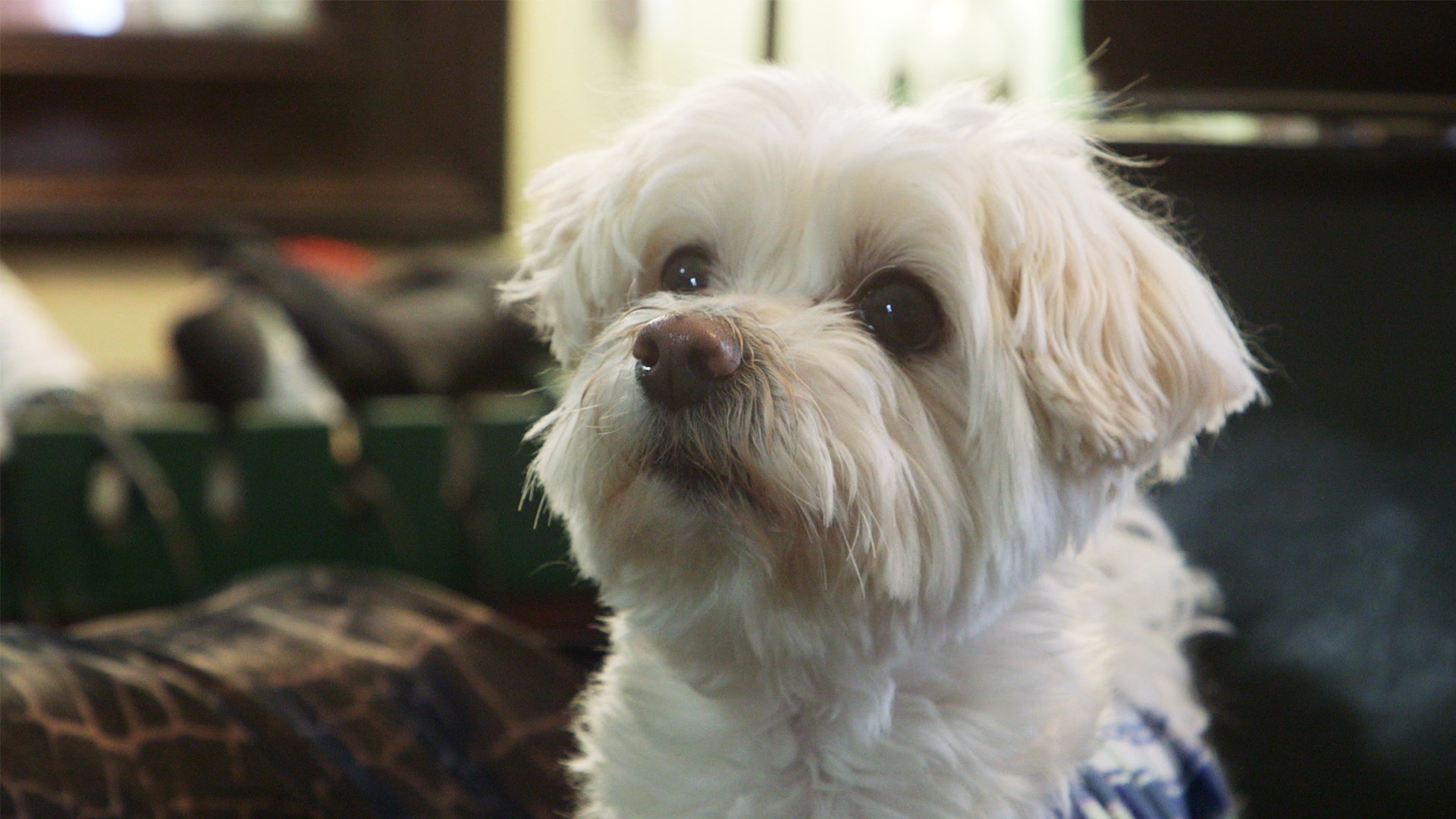Studio Firma/Stocksy
Occupational Hazard is a series about how different jobs affect workers' mental health.Lisa Moses has worked as a veterinarian for more than 25 years. During that time, the infamously high rates of suicide in her industry have been well-documented. Over her career, she says she’s lost five colleagues to suicide.“These are really successful people who have been mentors for truly thousands of veterinarians, doing really important work that was valued. And yet, this is still what happened,” says Moses, who practices in Massachusetts. “Something’s wrong.”The industry’s troubling suicide statistics were recently highlighted in a study in the Journal of the American Veterinary Medical Association, which looked at more than 30 years of data. It found that US veterinarians are between 2.1 and 3.5 times more likely to take their own lives than members of the general US population. The numbers are shocking. But what’s missing is ‘why?’It was that question—seeking to identify the sources of veterinarians’ mental distress—which pushed Moses, a research fellow in bioethics at Harvard Medical School, to survey close to 900 vets in the US and Canada. The results were published in the Journal of Veterinary Internal Medicine.The study paints a grim picture—a worrying trend of vets constantly navigating a world where they’re faced with regular emotional and moral conflict. Close to 70 percent of those surveyed said they feel moderate to severe distress about not being able to give animals what they think is the right care—including requests to treat patients, despite them not showing promising signs of recovery, as well as inappropriate requests for euthanasia when vets believe a patient could respond well to treatment.
Watch More From Tonic:
To an outsider, the results make sense at first glance; in the world of veterinary medicine, tough decisions come hard and fast and—in many cases—are life-or-death scenarios. Euthanasia is part of the job description. The study in Journal of the American Veterinary Medical Association draws attention to the very real issues of “long work hours, work overload, practice management responsibilities, client expectations and complaints, euthanasia procedures, and poor work-life balance.”But Moses’s study suggests that moral distress manifests itself as a result of something else, often as a disconnect between what veterinarians want to do according to their own ethical and medical instincts, and what they’re asked to do by pet owners.Sixty percent of surveyed veterinarians say they feel they prioritize the needs of owners over their animal patients—and more than 30 percent say they always or often feel conflicted by this. As Étienne Côté, a veterinary cardiologist and professor at the University of Prince Edward Island in Canada, points out, owners and their animals are an inescapable entanglement: “The two are never separate you know.”But ultimately, owners get the final say on treatment. “The patient is owned. They’re a piece of property, so there’s that conflict of interest,” explains Howard Krum, a retired veterinarian who used to work in aquatic animal medicine at various public aquariums across the US.“We basically have a fatal flaw in our veterinary oath: We take an oath to serve animal welfare…but the problem is animals are owned by people,” from zoos, to companies, to individual pet owners, he says.Naturally, the way that animal patients are viewed by their owners weighs heavily on the minds of the professionals treating them. “To some people, the pet that I see as my patient is, in fact, their child. It has that value,” Côté says. “And to others, that pet is replaceable by another pet. That’s something I believe actually contributes very substantially to moral tension.”I ask Côté if the high rate of euthanasia generally—often performed several times a day by vets —could be viewed as a major contributor to distress in the industry.“I think the answer is no,” he says, echoing a sentiment I’ve heard from other veterinarians. “And I’m not sure why because, of course, the only reason any of us does this [job] is because we love animals.”Jennifer Michaels, a veterinary neurologist and neurosurgeon in Boston, Massachusetts, agrees that vets are often targeted for charging for their services, and told that if they really cared they would work for free. But she points out that money is not infinite. “If we continue to do that for people who can’t afford it, then we would not be able to provide care for all of the other patients, animals, and clients that come through our doors.”As I speak with Michaels it becomes clear that she feels the job can be thankless in many ways. She speaks of client calls at inappropriate hours, or demands for prescriptions or refills for patients she hasn’t seen or treated recently. I ask her if she feels that the majority of her stress stems from clients. She replies yes, without hesitation.“Do you think they would be surprised to hear that you feel the majority of your stress is coming straight from them?” I ask.“I actually think that they would be shocked to hear about the level of stress that we exist in, period, regardless of where it’s coming from.” She adds that good clients also help shelter her against the bad moments. “But that bad stuff is still more prominent, it is more frequent, and I think the impact, unfortunately, is larger.”However, some disagree with the sentiment that owners should carry the blame for veterinarians’ stress. Côté believes that a fine line exists: Veterinarians can point out owners' inappropriate behaviors to them, but can't reprimand an owner or vent to them and expect a positive outcome. 'That would be so unfair…the client is the voice of the patient,” he says.Clearly, a solution is needed. Moses has called for better training and a change of culture in the industry, alongside increased emotional support.“We need much more frequent and deep, profession-wide conversations with our peers about the impact of these problems,” Moses says. “In the US, there’s really very, very little talk about this. We need some education about what moral conflict is, and how to deal with it…and a lot of it is about approaching our work with pet owners as a more collaborative decision-making model. Pet owners don’t know that we feel pretty strongly about what is right and what’s wrong.”Michaels echos the need for conversation and support. “If I could say one thing to, you know, veterinarians collectively it would be to be kind to yourself…Get help, and take care of yourself, and reach out to your friends and support each other,” she says. “Those are the things that we can control, and it makes me sad to think that people feel that they don't have a choice but to just stay in these very toxic environments.” She adds that friends outside the industry are often shocked at the pressure and situations she describes to them.Meantime, Krum says the issue of moral distress has been “looming and growing” in the industry for decades. “As years go by, it becomes an insidiously erosive force. And I can see why veterinarians have a higher suicide rate. I can see it. Because you feel like you’re failing, every single day.” For him, this “deep-seated conflict” contributed to his choice to stop practicing.It’s near impossible to prove conclusively, but nevertheless, I put the question to everyone I interview: “Is moral distress linked to the industry’s high rates of suicide?”Côté sums it up succinctly. “How could it not be?”Sign up for our newsletter to get the best of Tonic delivered to your inbox.
Advertisement
Watch More From Tonic:

To an outsider, the results make sense at first glance; in the world of veterinary medicine, tough decisions come hard and fast and—in many cases—are life-or-death scenarios. Euthanasia is part of the job description. The study in Journal of the American Veterinary Medical Association draws attention to the very real issues of “long work hours, work overload, practice management responsibilities, client expectations and complaints, euthanasia procedures, and poor work-life balance.”
Advertisement
Advertisement
Additionally, vets are often expected to shoulder much of the emotional burden of owners’ financial constraints. “Money issues are a huge concern,” Moses says. “I don't think any of us blame people for the reality of their financial constraints, but nevertheless it's very hard to know that there are things that we could do to help our patients that owners can't afford to do.”Those owners, caught up in their grief, often project their anger onto the vet, Moses says. “There's a tremendous amount of anger that pet owners feel toward veterinarians literally for charging for their services, and I don't really understand—I guess we are the logical people to direct that anger at—but [in the US] almost no one has pet insurance. So it does change the way these conversations happen.”Moses says that many veterinarians give away services or discount services for clients who cannot afford to pay. “But this sets up a terrible equation: asking practice owners to give away services and goods that takes away from their ability to pay their staff and support their families.”
Advertisement
Advertisement
